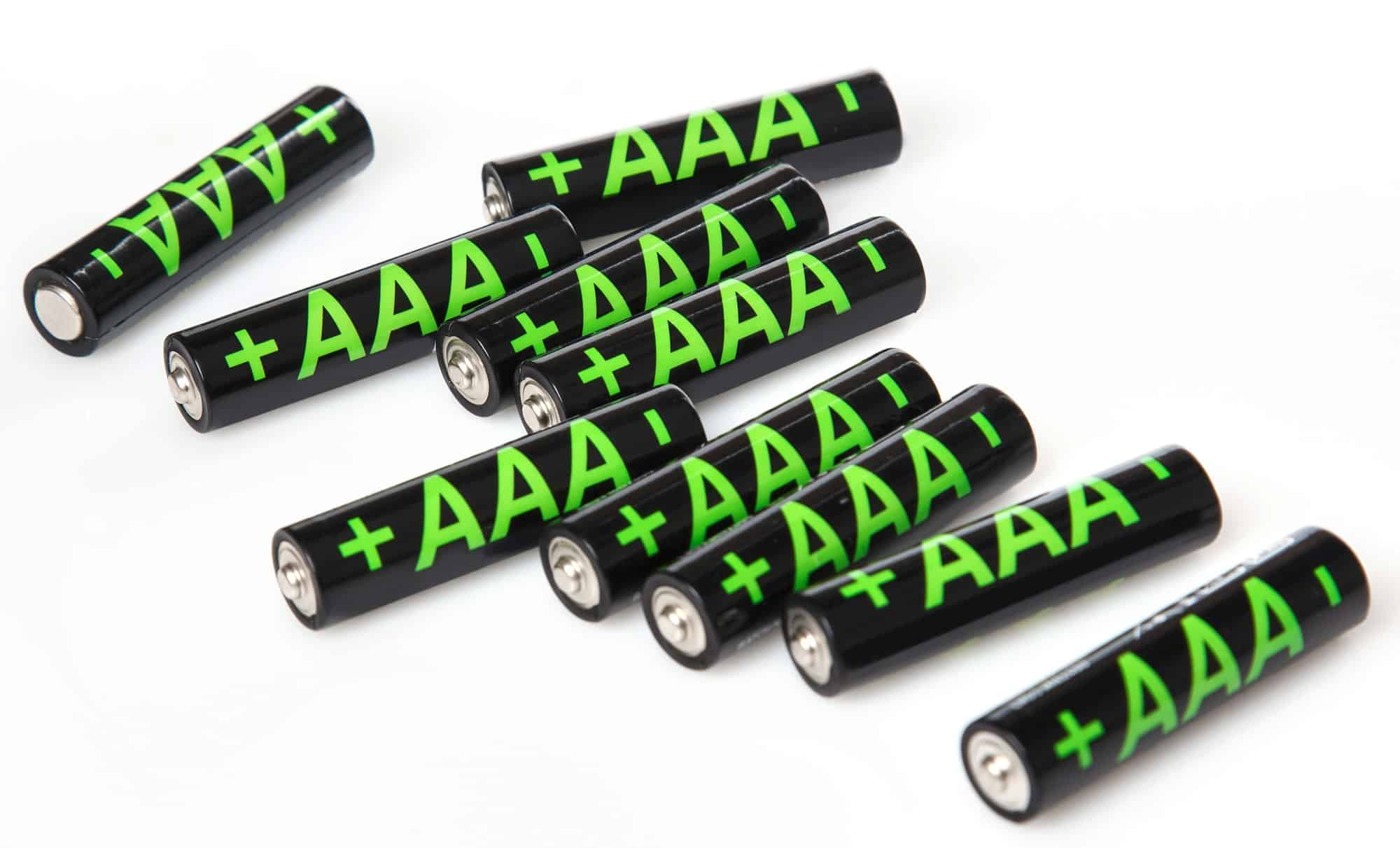In the heart of each vehicle resides a critical component that breathes life into its engine. Yes, we’re referring to the humble car battery. They are indispensable for the starting system, and without a healthy battery, your car will refuse to start. However, like every other component, the car battery also has a specific life span. Once it reaches its end, you need to replace and dispose of it correctly. But how do you do that? In the following sections, we will delve into the detailed steps to replace and dispose of a car battery in the UK.
Understanding When to Change Your Car Battery
Knowing when to replace your car battery is as important as knowing how. A well-maintained car battery can last anywhere from three to five years. However, several factors such as the vehicle’s condition, the climate, and how frequently you use your car can affect the battery’s life.
Also to see : How do you replace a clutch in a front-wheel-drive car without professional tools in the UK?
Although most modern cars will alert you when the battery starts showing signs of weakness, it’s always a good idea to manually check. Look out for signs like slow engine start, dim headlights, or a swollen battery case. If your vehicle struggles to start even after a jumpstart, the problem likely lies with your battery. Always remember, a failing battery will not only impact your vehicle’s performance but can also strain other components, leading to costly repairs.
Steps to Replace Your Car Battery
Before you embark on the battery replacement journey, remember that safety comes first. Always don protective gloves and glasses to shield yourself from the battery acid. You will also need wrenches, a new battery, and a wire brush.
In parallel : How can you accurately adjust the idle speed in UK cars with carbureted engines?
First, identify the battery terminal. The negative terminal generally has a black cover and is marked with a minus (-) sign, while the positive terminal is likely red and has a plus (+) sign. Begin by disconnecting the negative terminal. Remember, always disconnect the negative terminal first to avoid any accidental short circuits.
Next, disconnect the positive terminal. Once both terminals are disconnected, you can remove the battery holder or clamp. After removing the clamp, you can lift the battery out of the car.
Once you have removed the old battery, clean the battery tray and terminal clamps with a wire brush. This step is crucial as it eliminates any corrosion that may affect the new battery’s performance. After cleaning, install the new battery and secure it with the clamp. Attach the positive terminal first and then the negative terminal.
Finding the Best Replacement Battery
Finding the right replacement battery for your car is crucial. There are numerous types of car batteries available in the market – lead-acid batteries, absorbed glass mat batteries, lithium-ion batteries, to name a few. However, the best way to find a suitable replacement is to check your vehicle’s manual or consult your mechanic.
When looking for the best battery, consider its size, reserve capacity, cold-cranking amps, and warranty. The size should perfectly fit your car’s battery tray. The reserve capacity indicates how long the battery can run on its power if the car’s alternator fails. Cold-cranking amps is the battery’s ability to start your car in cold weather. Lastly, a good warranty offers peace of mind and protection against manufacturing defects.
How to Dispose of Your Old Car Battery
Disposing of a car battery is a critical task and should be done responsibly. The lead and acid in batteries can be hazardous, causing severe environmental harm, if not disposed of correctly.
In the UK, it is illegal to dispose of car batteries with regular household waste or recycling. Always take your old battery to a recycling centre or a local garage. Some retailers also offer a battery take-back service. You can even sell it to a scrap metal dealer or a car battery recycling facility.
Remember, car batteries are nearly 100% recyclable, and recycling them not only helps conserve resources but also reduces the demand for raw materials and the associated environmental impact.
No matter how well you maintain your car, eventually, the battery will need to be replaced. So, when this time comes, you now know the detailed steps to replace and dispose of a car battery in the UK. Remember, a little attention to your vehicle’s battery can go a long way in ensuring smoother journeys and fewer unexpected stops.
Dealing with Potential Problems During Battery Replacement
Replacing a car battery is a straightforward process, but it’s not uncommon to encounter hiccups along the way. Therefore, it’s beneficial to be aware of potential problems and how to handle them.
One common issue is corrosion. Over time, battery terminals can develop a build-up of corrosive material which can interfere with the car’s ability to start. When replacing your battery, make sure to clean the terminals thoroughly with a wire brush.
Another potential problem could be the incorrect positioning of the positive terminal and the negative terminal. Getting these mixed up could lead to serious damage to the car’s electrical system. Always remember, the rule of thumb is to disconnect the negative terminal first when removing the battery and connect the positive terminal first when installing a new one.
The wrong battery type could also pose a problem. Each vehicle is designed to work with a specific battery type. Using the wrong type could result in poor performance or even damage to your vehicle. Always check your car’s manual to ensure you’re purchasing the right type of battery.
Finally, you might face issues with disposing of the old battery. Remember, disposing of car batteries with household waste is illegal in the UK. Always ensure you take it to a recycling centre or a local garage.
Conclusion: The Importance of Battery Maintenance for Your Car’s Health
In conclusion, the battery is the lifeblood of your car. Regular maintenance like cleaning the terminals and ensuring it’s fully charged can extend its lifespan and keep your car running smoothly. Knowing when to change your car battery, how to replace it, and how to dispose of it responsibly are essential skills for any car owner.
But despite your best efforts, there will come a time when your car battery will need to be replaced. When this day arrives, don’t be daunted by the task. With the proper safety measures and the right tools, you can smoothly undertake the battery replacement process.
Remember, when you dispose of your car battery, you’re not just getting rid of waste. You’re also contributing to a greener environment. Car batteries are nearly 100% recyclable, and by ensuring they’re properly disposed of, you’re helping conserve resources and reduce the demand for raw materials.
In short, taking care of your car’s battery is more than just a maintenance task. It’s a way of ensuring your vehicle’s longevity and contributing to a healthier planet.











